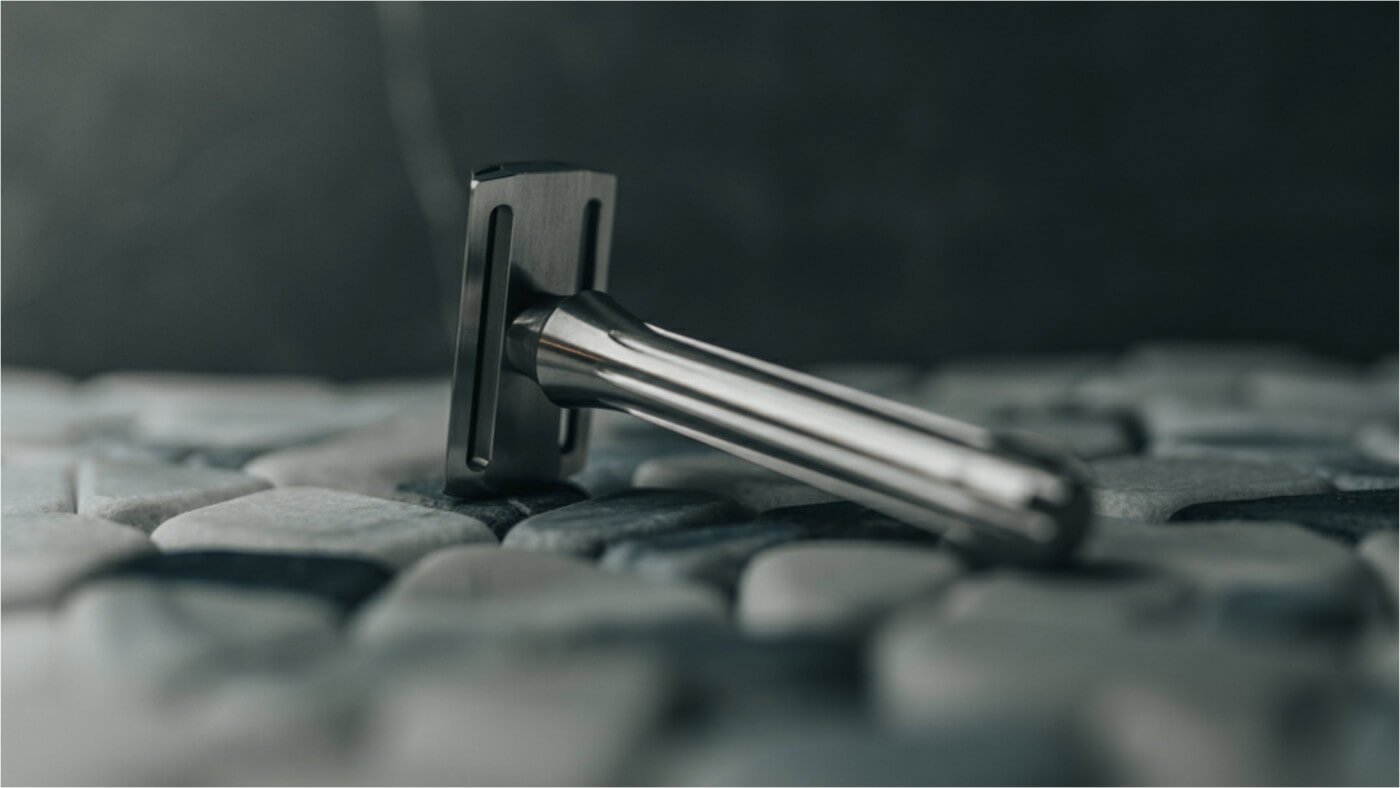So you just completed a fresh shave, you're feeling good. However, throughout the day, or maybe when you wake up the next morning, you begin to realize some irritation, maybe some bumps forming around the freshly shaven area. This is obviously not ideal, however one of the main factors that could contribute to this discomfort is the direction that you are running the razor across your face. See, your hair grows directionally (grain), and the direction that you carry the blade through the hair matters greatly. So, what should you do, shave with, against, or across the grain?
Map your beard
Before we decide whether you should shave with or against the grain, be sure to look at a beard map and analyze a couple days’ growth to see which way your facial hair grows (the aforementioned grain). An easy way to do so is to look in the mirror and glide your (clean) hand over your hair. If the hand glides smoothly, then you are going with the grain. If your hand/fingers feel resistance and you’re making the hair stand up/out, then you are going against the grain.

With that out of the way, let’s decide which direction is best for you.
1. Shave with the grain.
This is by far and away the safest method of achieving a clean shave with as limited a risk for irritation as possible. When you shave with the grain, you are essentially pinning the hair between the blade and the skin, which cuts the hair right above the skin’s surface, minimizing the risk for burns, bumps, and irritation For those with thick, coarse facial hair, this method will show the 5 o’clock shadow pretty easily, however for those with medium to fine hair, this achieves the look of a nice, clean full shave. For many, you will probably still feel a slight stubble when you run your hand against the natural grain post-shave. Be sure to be gentle with your skin in the post-shave process, as always, as you don’t want to aggravate the skin any more than the shaving process already does.
2. Shave against the grain.
Popular among many, this provides the closest shave possible. When you shave against the grain, you are lifting the hair up slightly, so when you cut it, the hair actually ends up below the surface of the skin. However, in doing so, you run the risk of a huge amount of irritation, bumps (ingrown hairs), and burns.. This style is not recommended for the faint of heart, and if you do so, be sure to go slowly, gently with much control, and as always, be sure to use a smooth shaving cream or balm. Be sure to practice proper post-shave care afterwards. Be gentle to your skin!
3. Shave across the grain.
This method means that when you are shaving, the blade runs perpendicular to the grain of the hair. For most, this will entail horizontal strokes across the face, as most facial hair grows in a vertical pattern. This works well in achieving a closer shave than just with the grain, and doesn’t run the same irritation risks as going against it. We would recommend this as a second pass method, while going with the grain on the first pass.
Bonus: The Three-Pass Method
As I have become increasingly aware of the wet shaving community and have consumed more and more content, I have observed that a lot of enthusiasts view the three-pass method as the “correct” way to shave, the “right” way to achieve BBS buttery greatness. That is, one pass with the grain, one across, and lastly one pass against to clean up any remaining light stubble.
This, however, doesn't work for me, as I find it too rough on my skin. This has lead me to come to the conclusion that the right way to shave is solely is the one that works for you. You shouldn't feel compelled to shave in a certain way in order to adhere to an arbitrary “standard” because some guy on Reddit or YouTube said you should. So take the time to learn your facial hair patterns, learn about your skin, and decide which methods and processes are best to achieve a comfortable, consistent shave.
Godspeed.
P.S. We make some pretty good razors that offer clean, efficient shaves with most methods ;).






